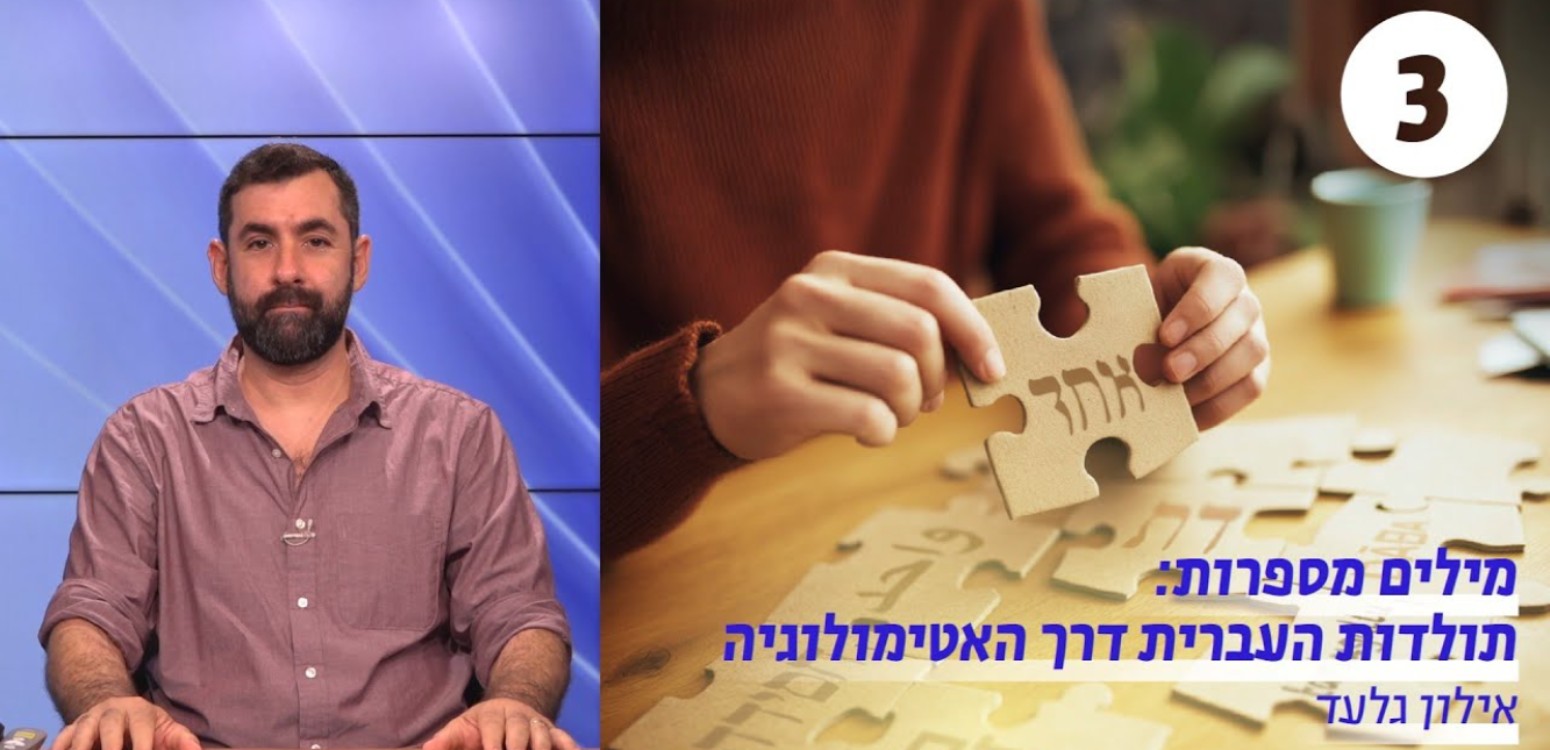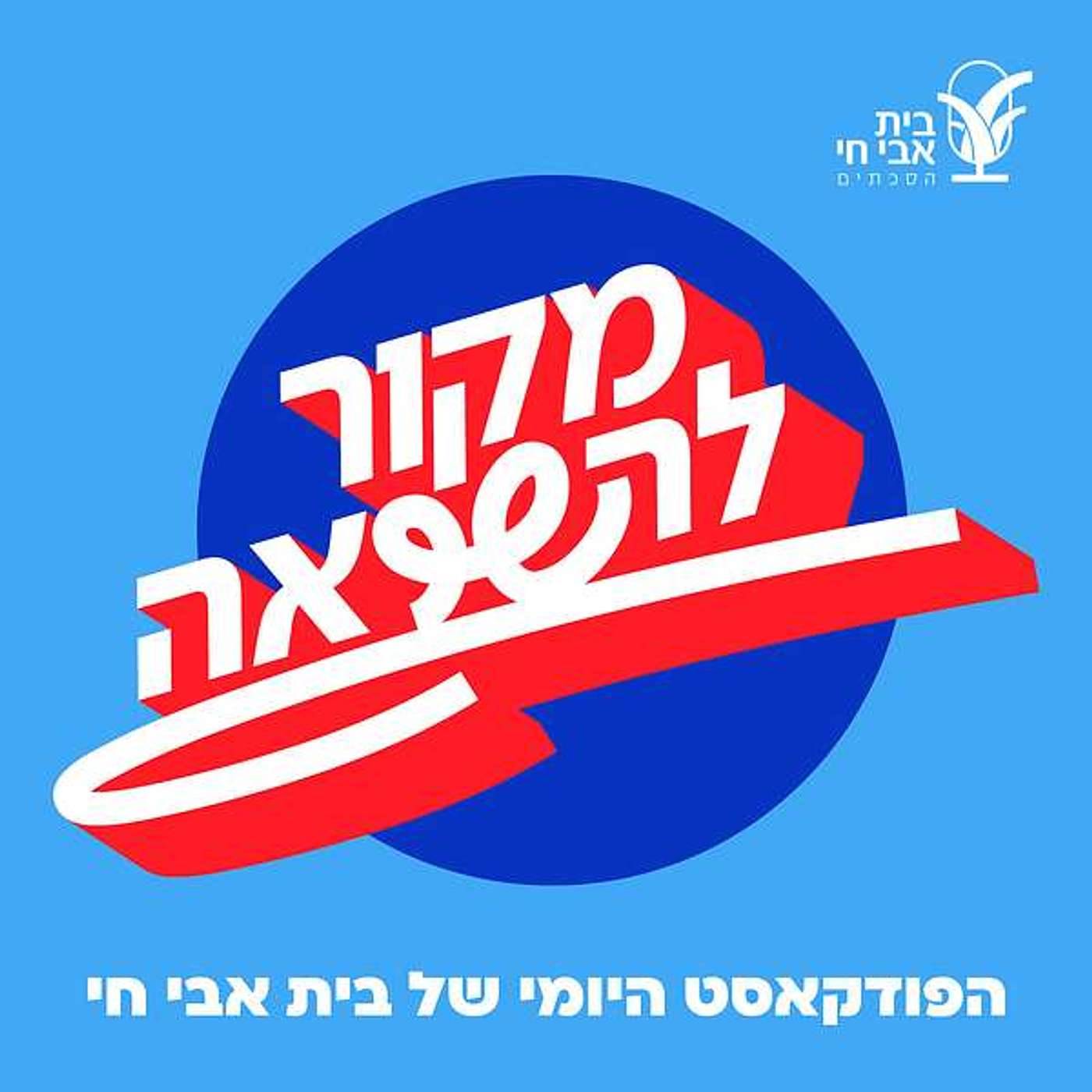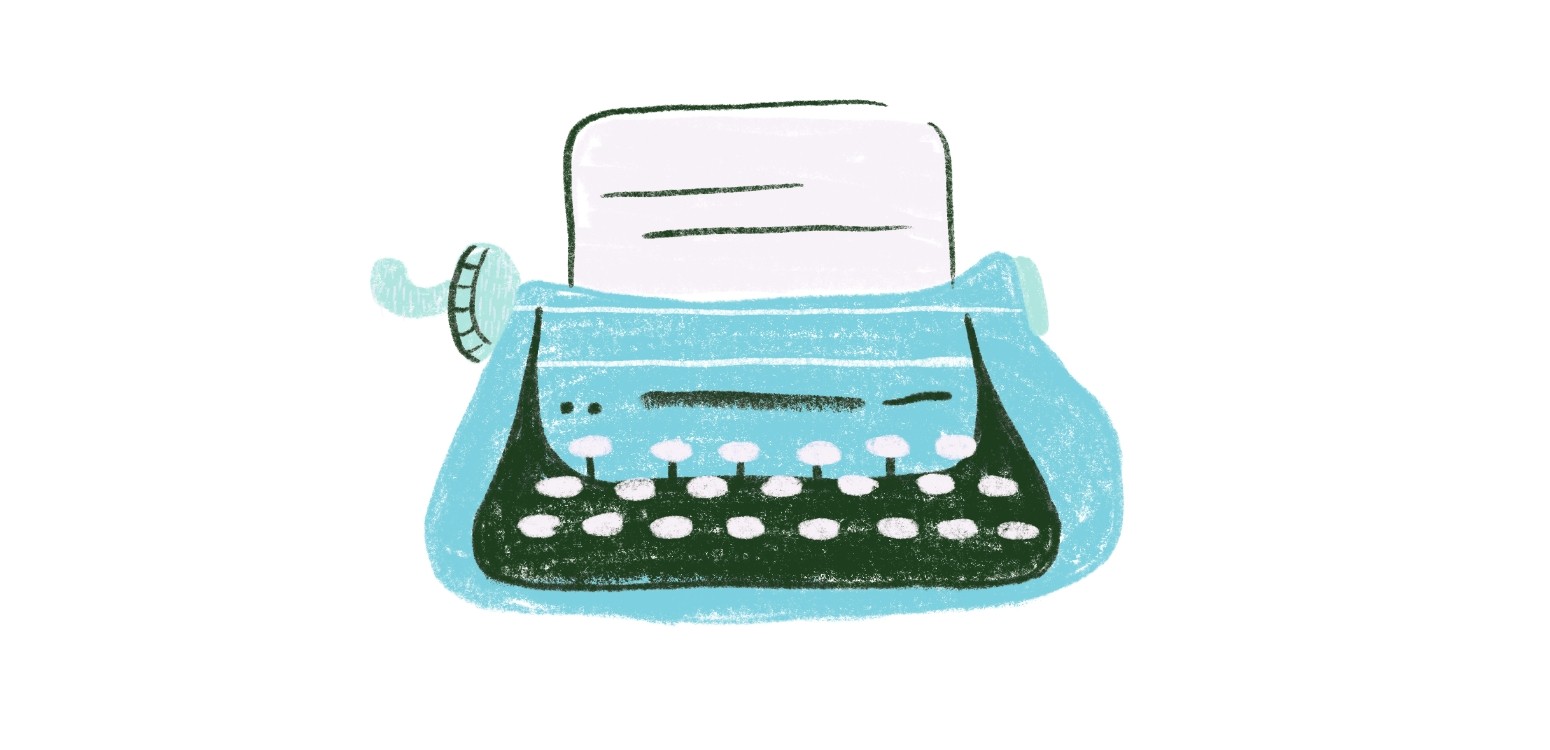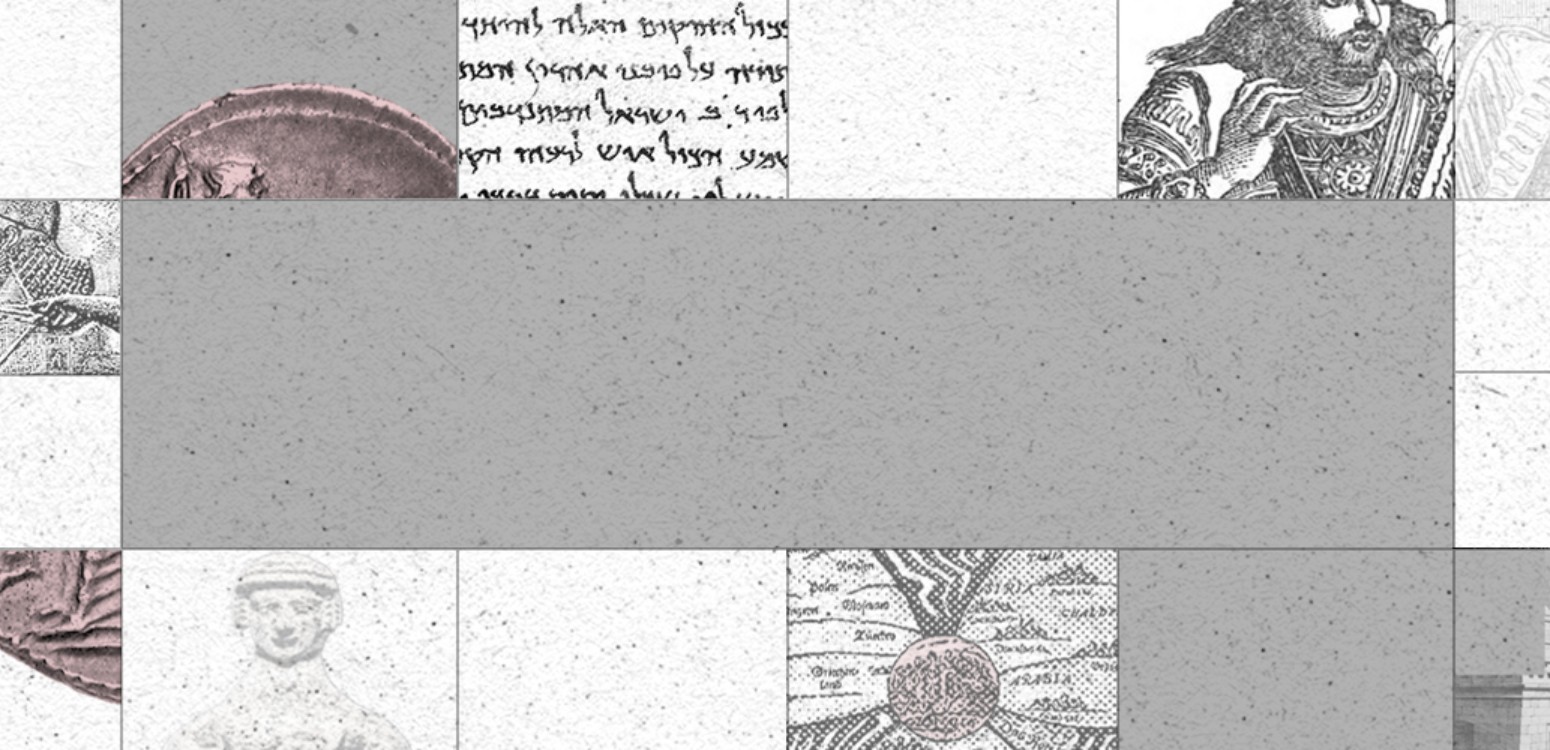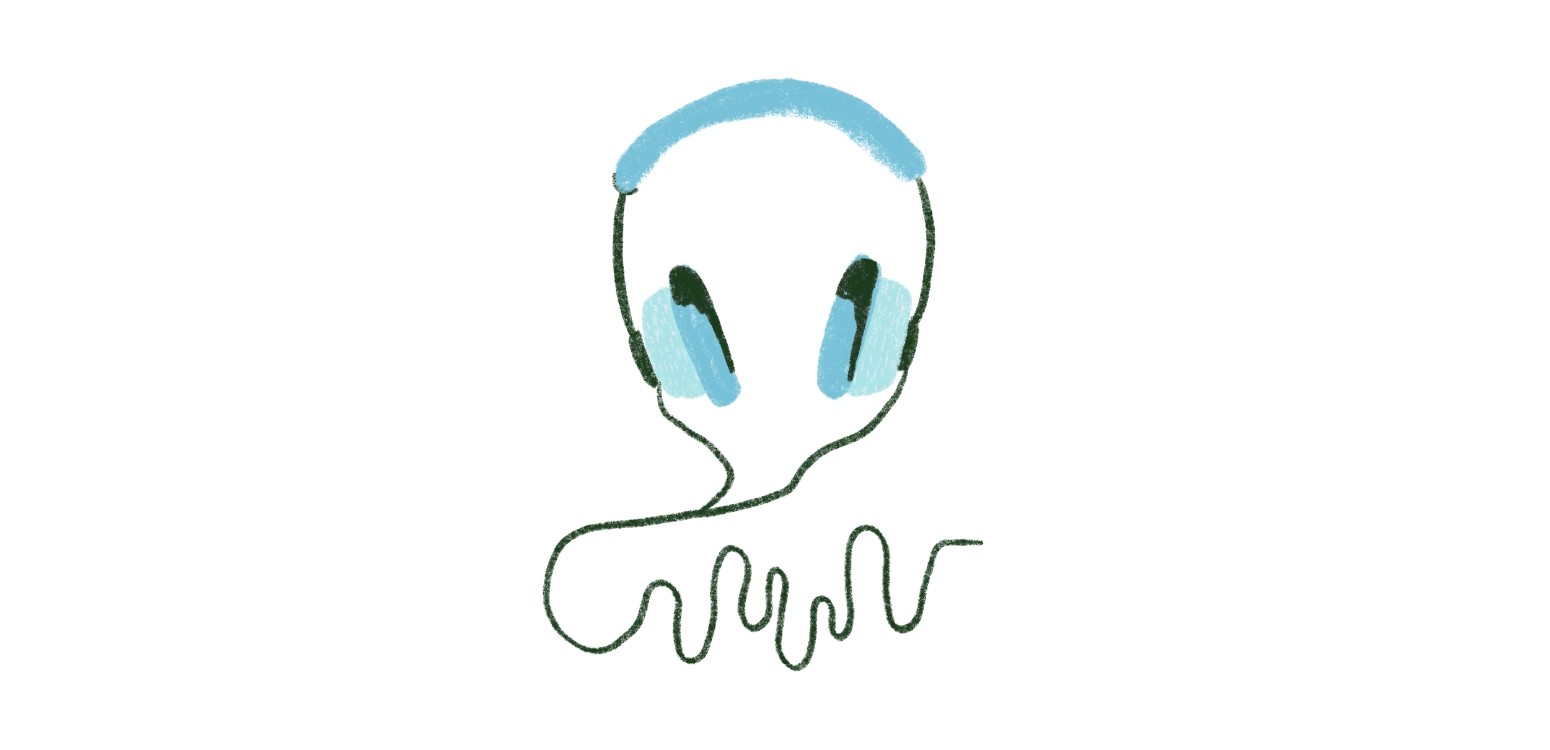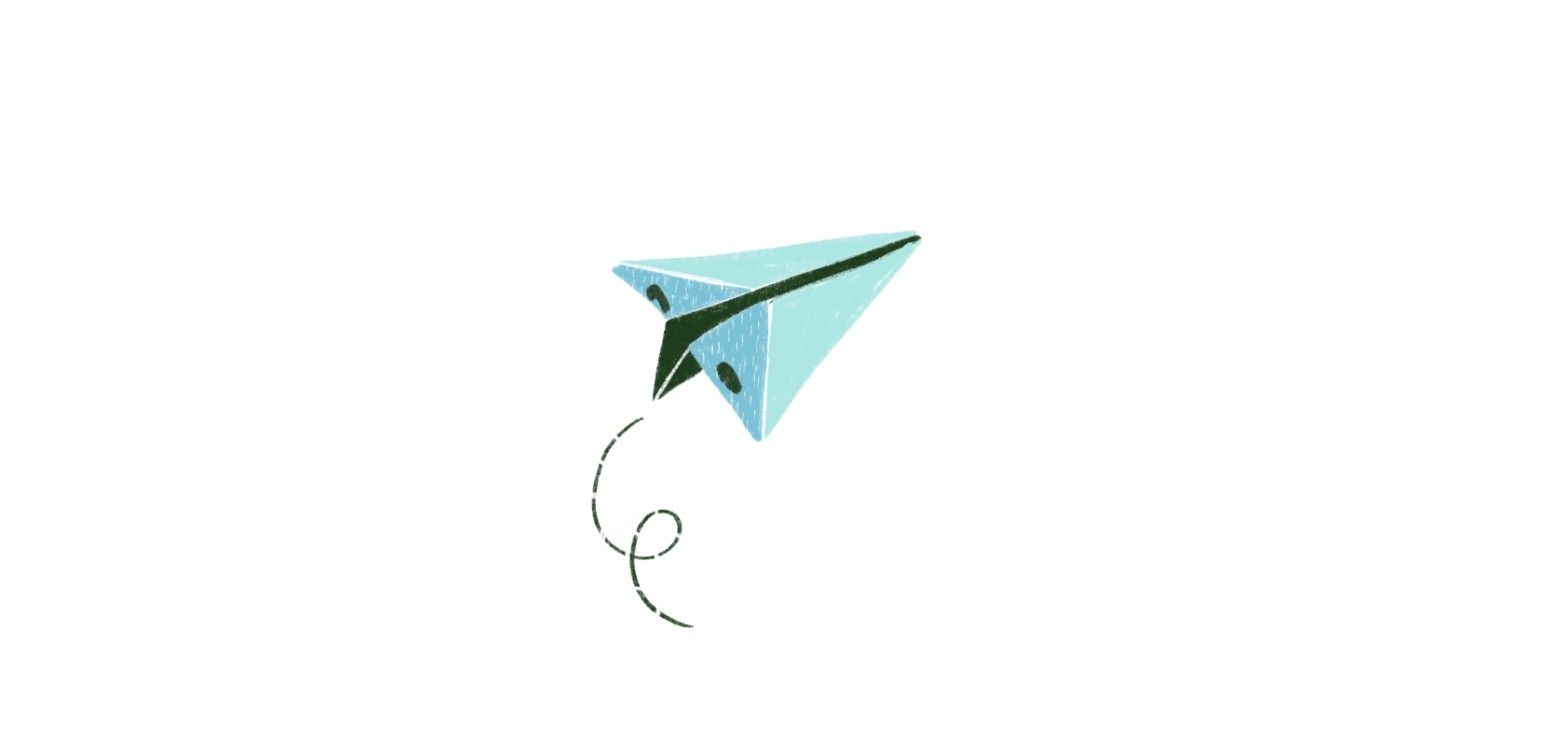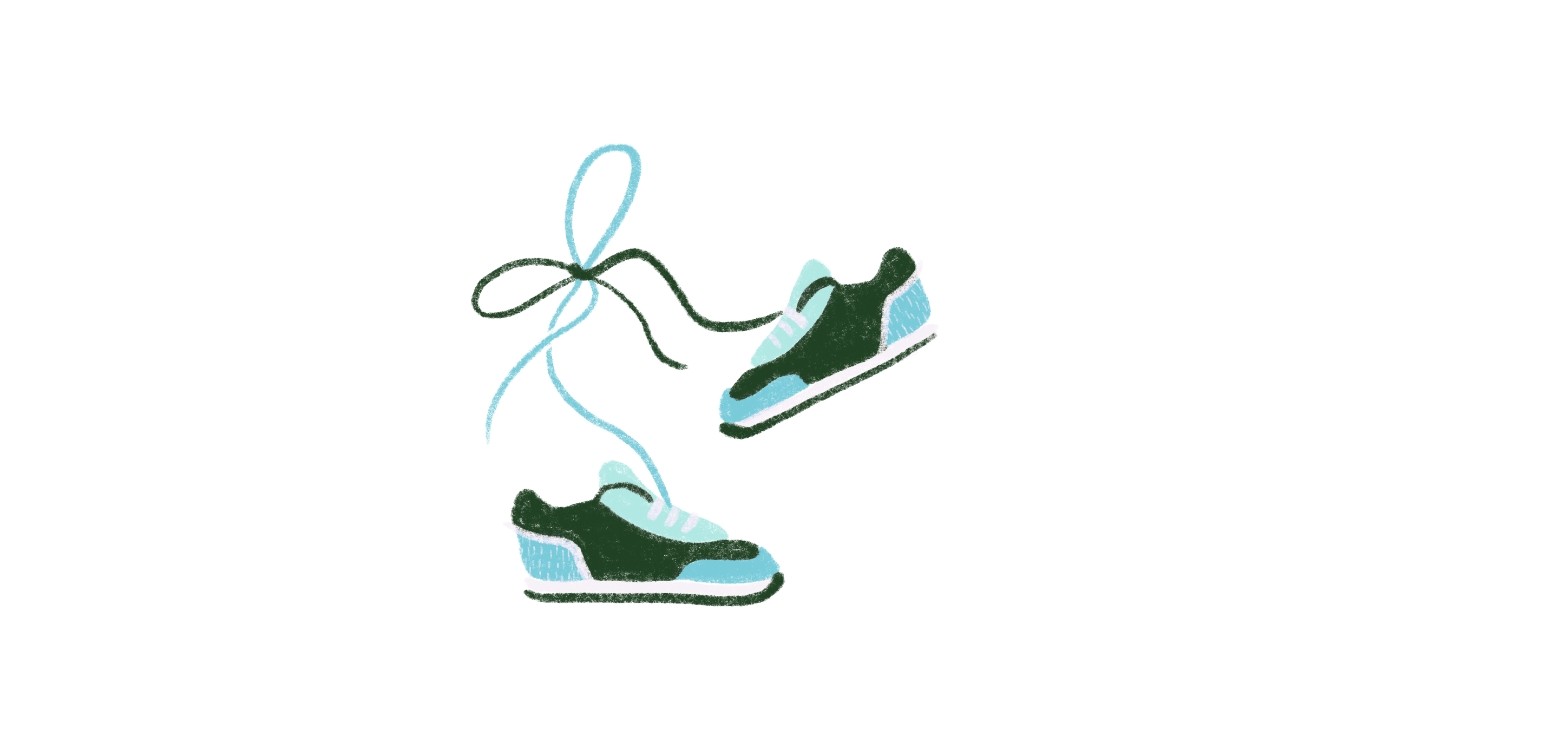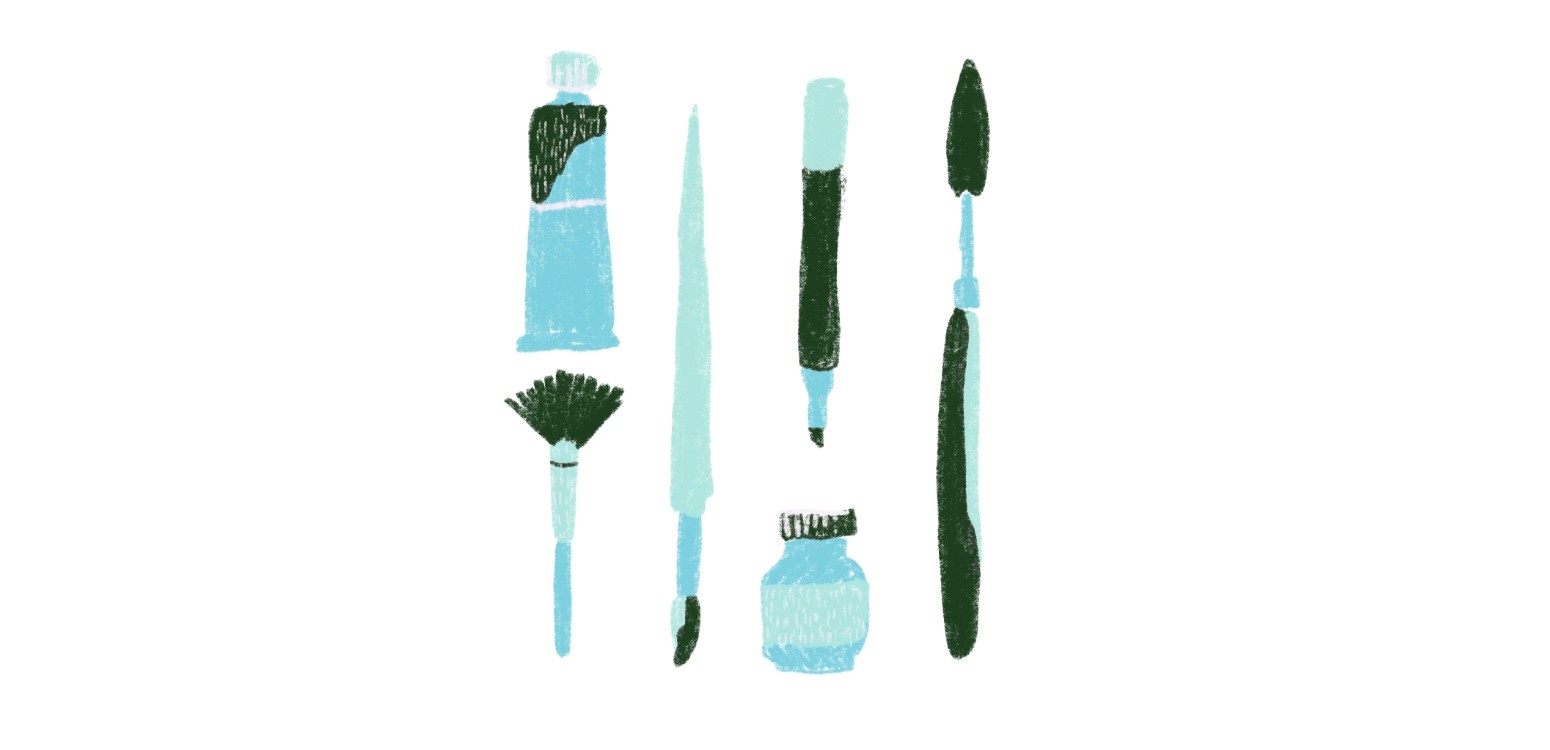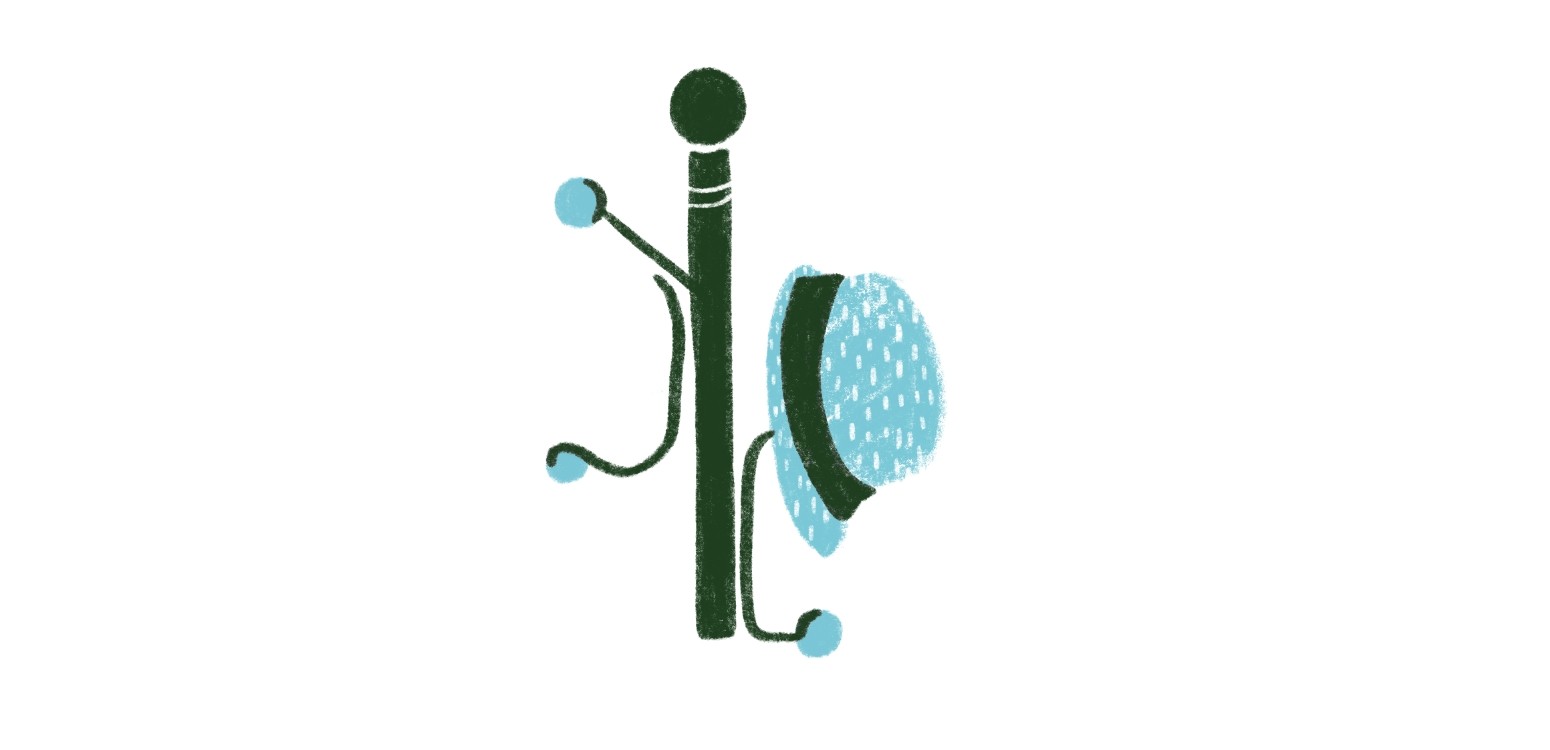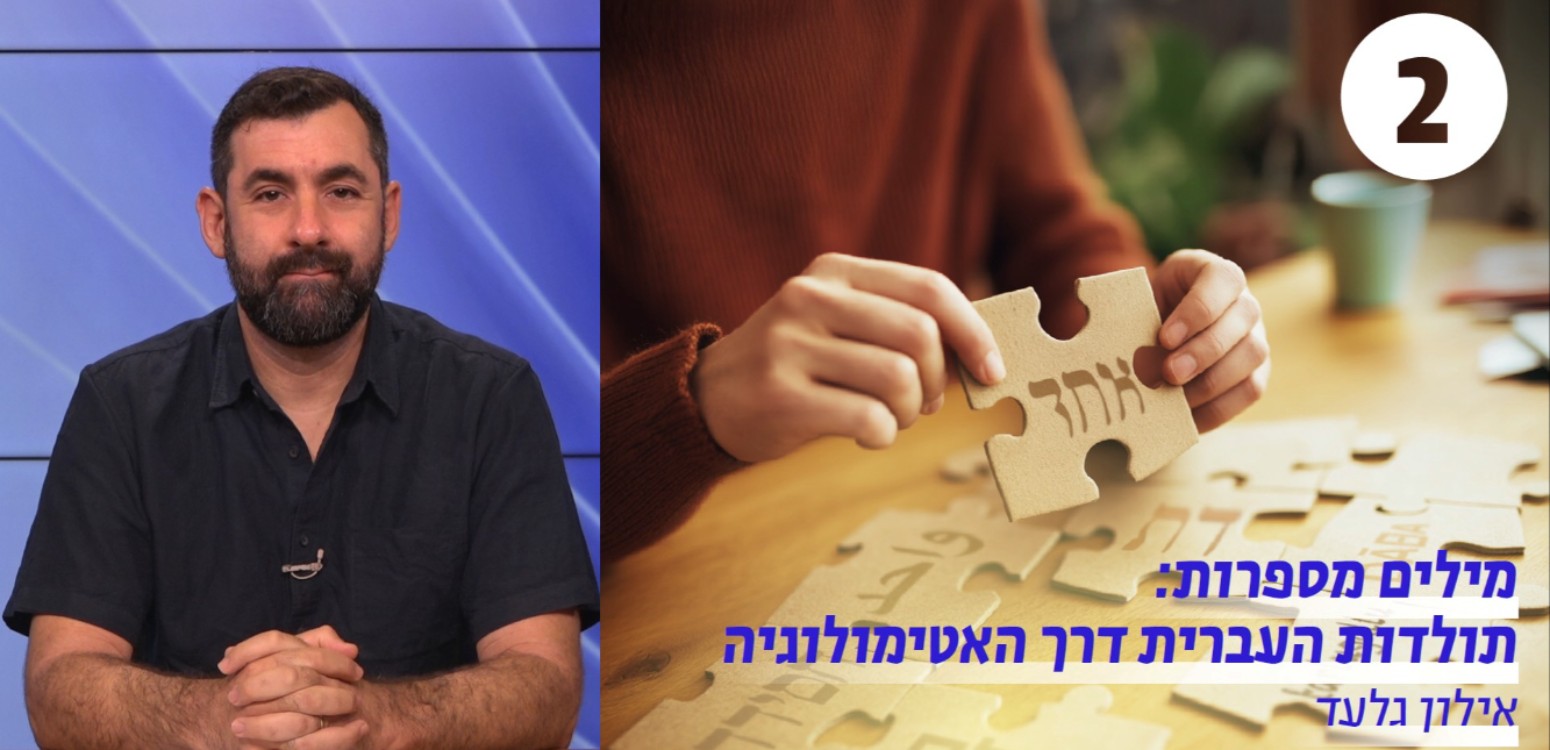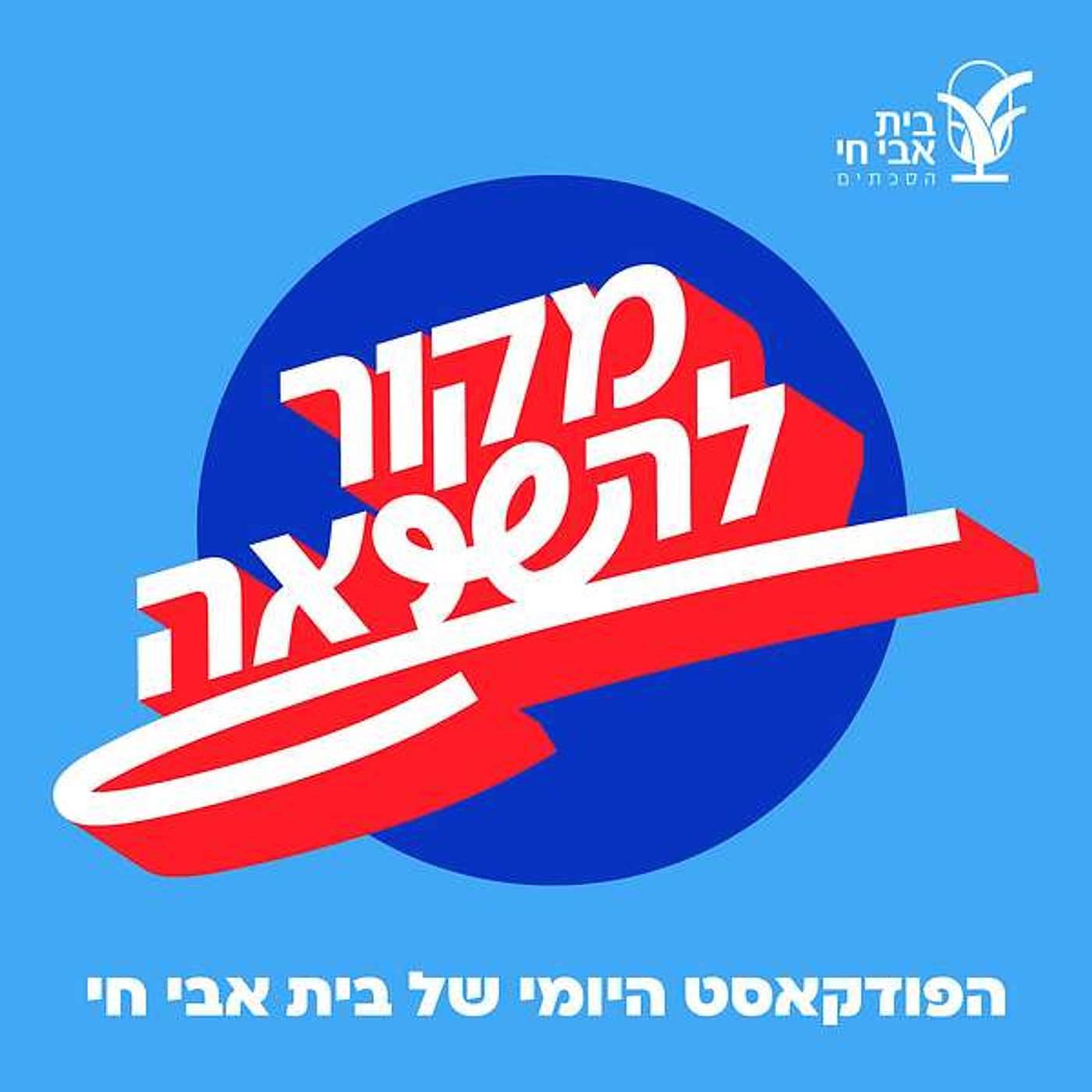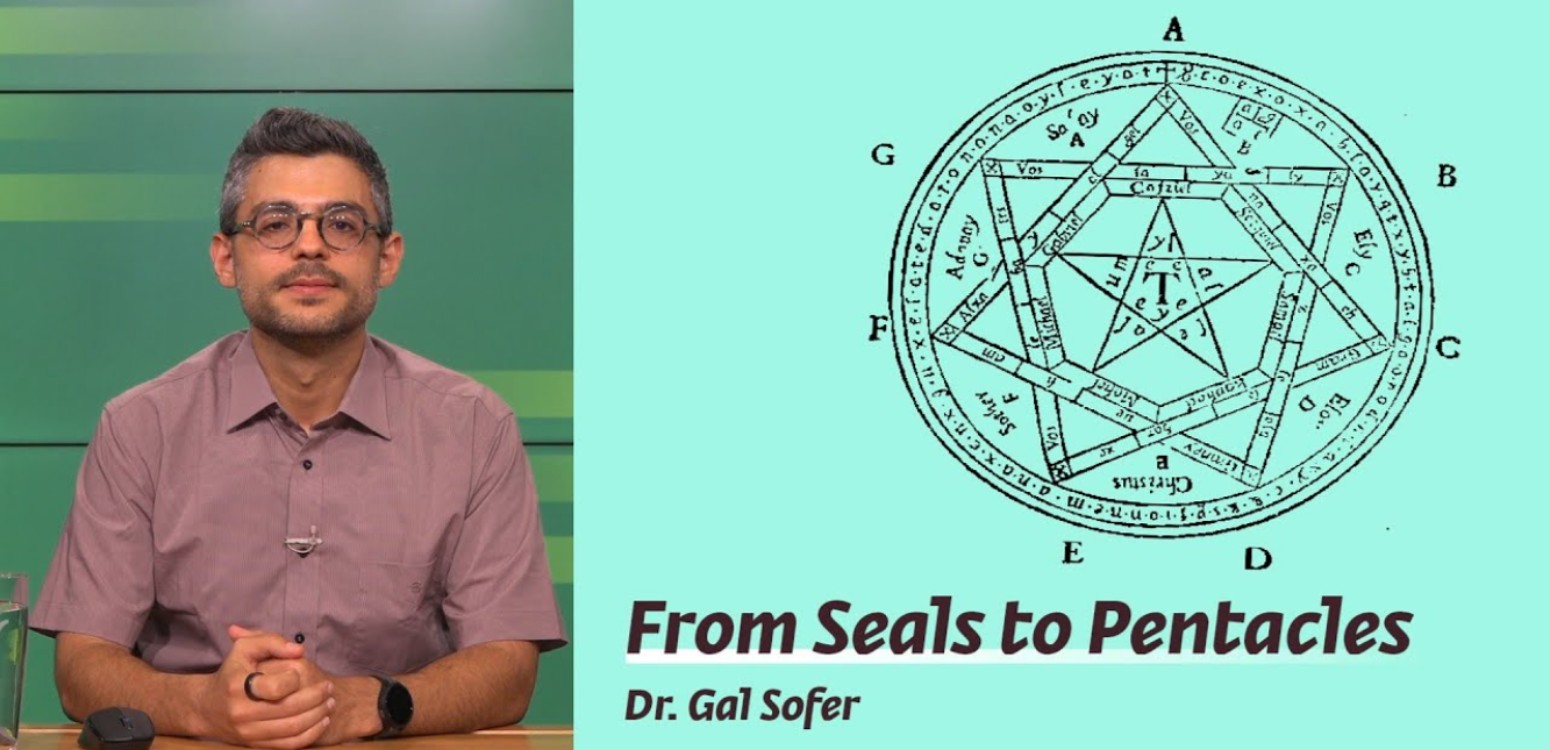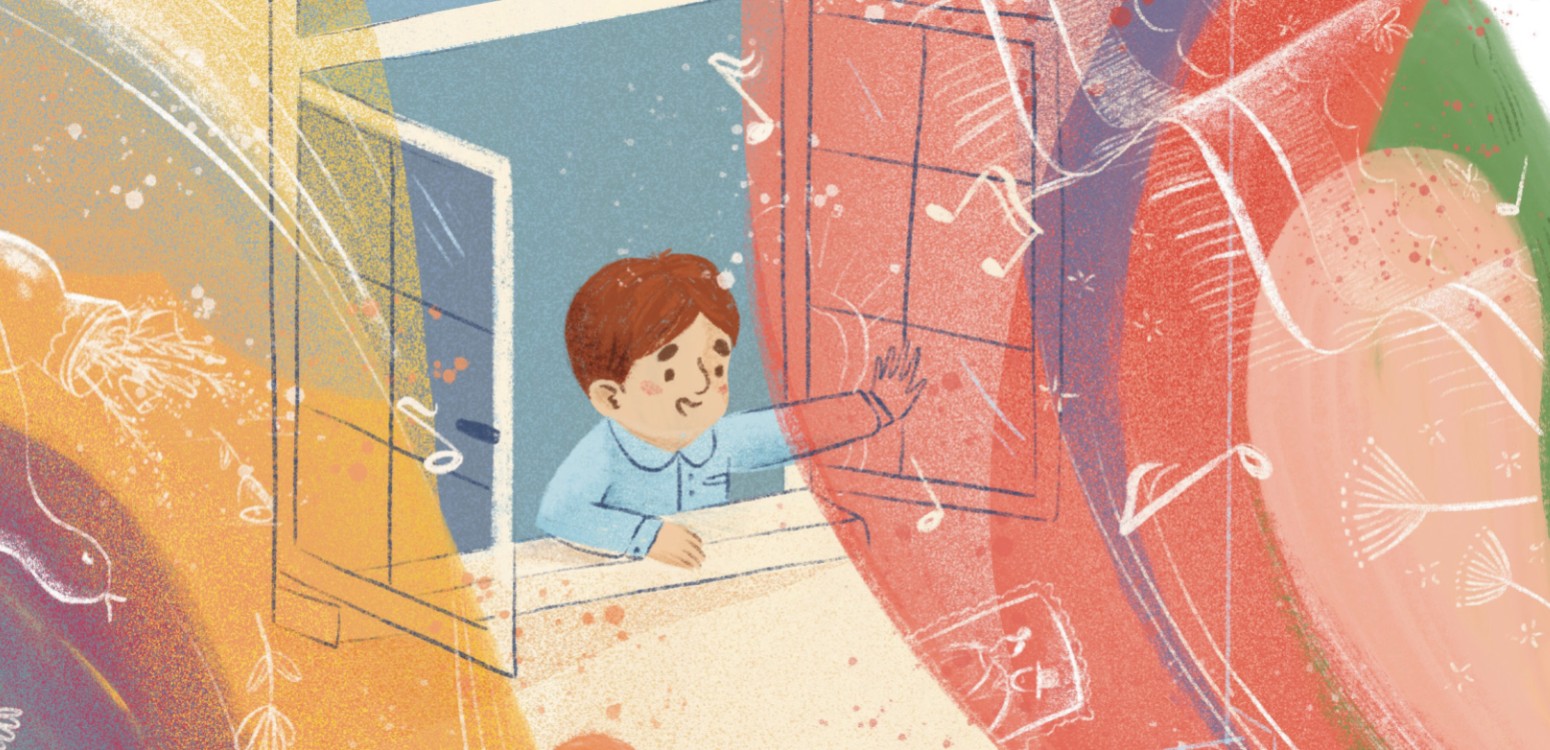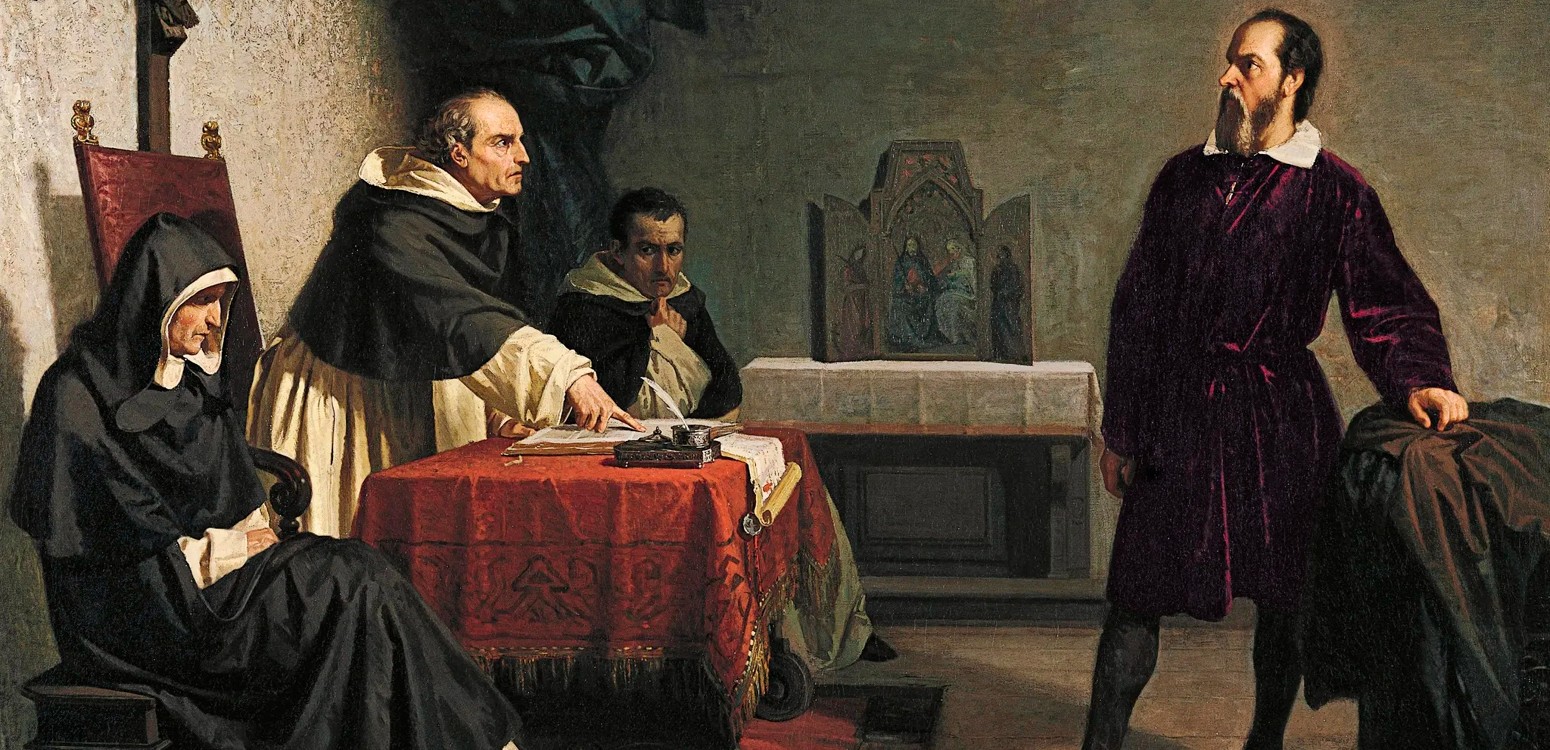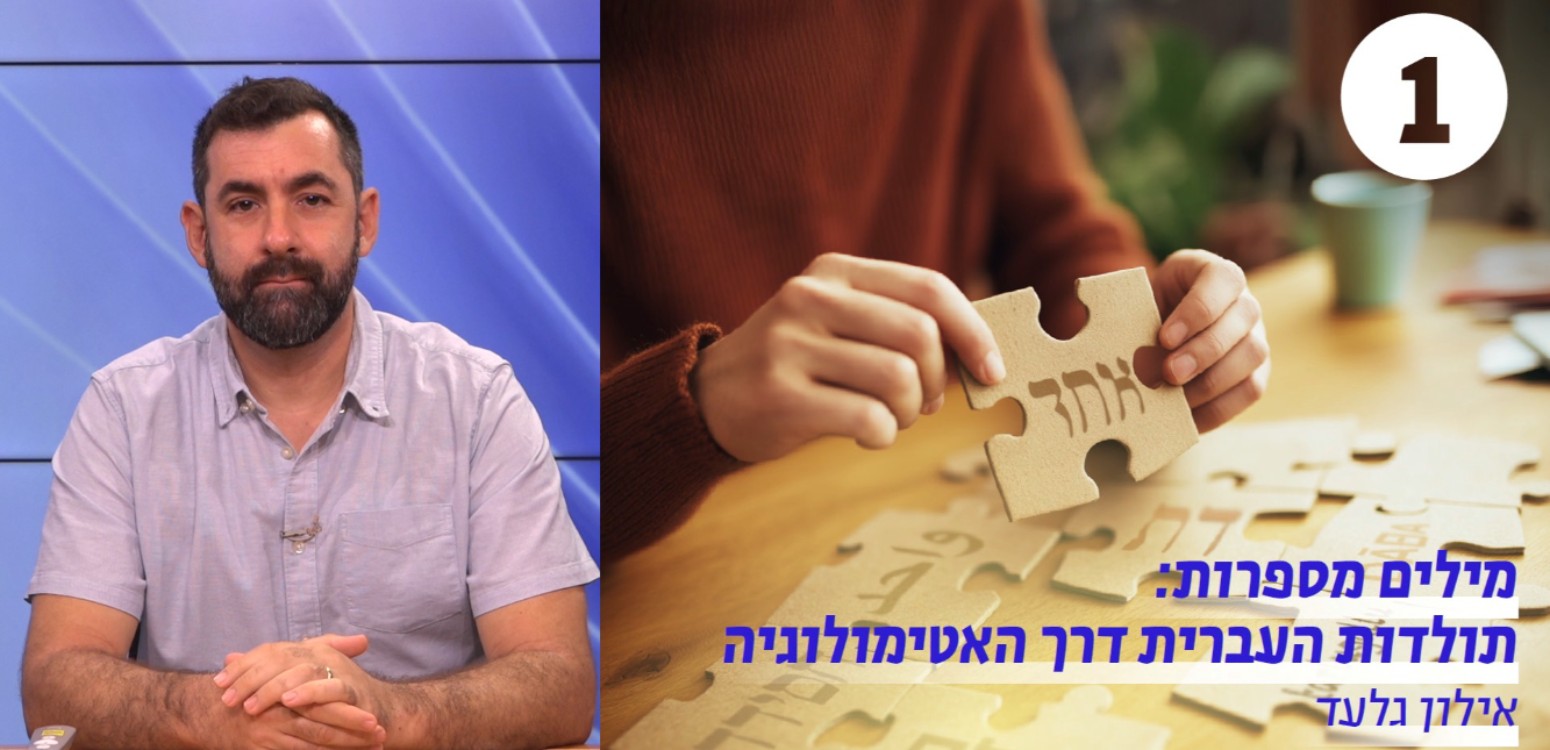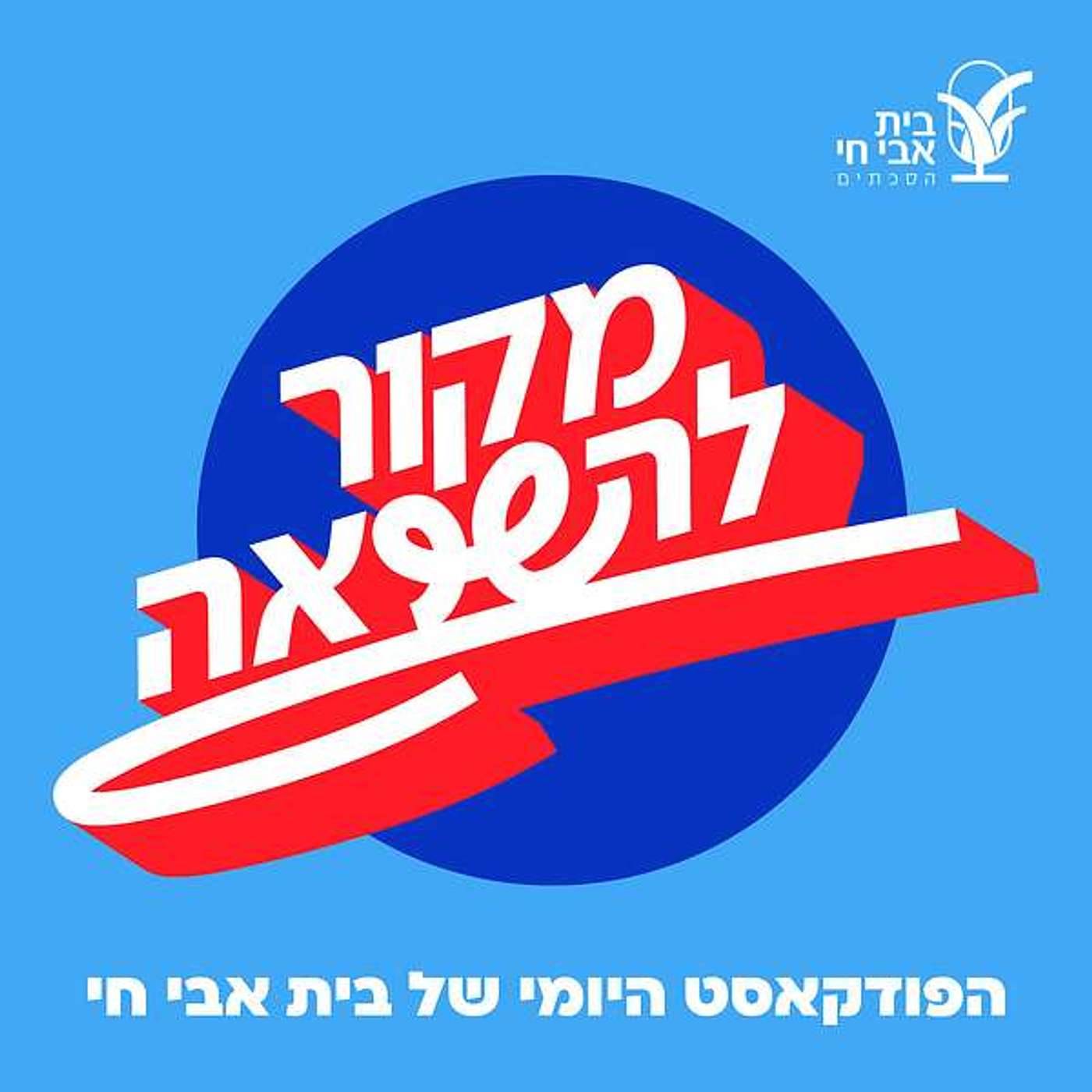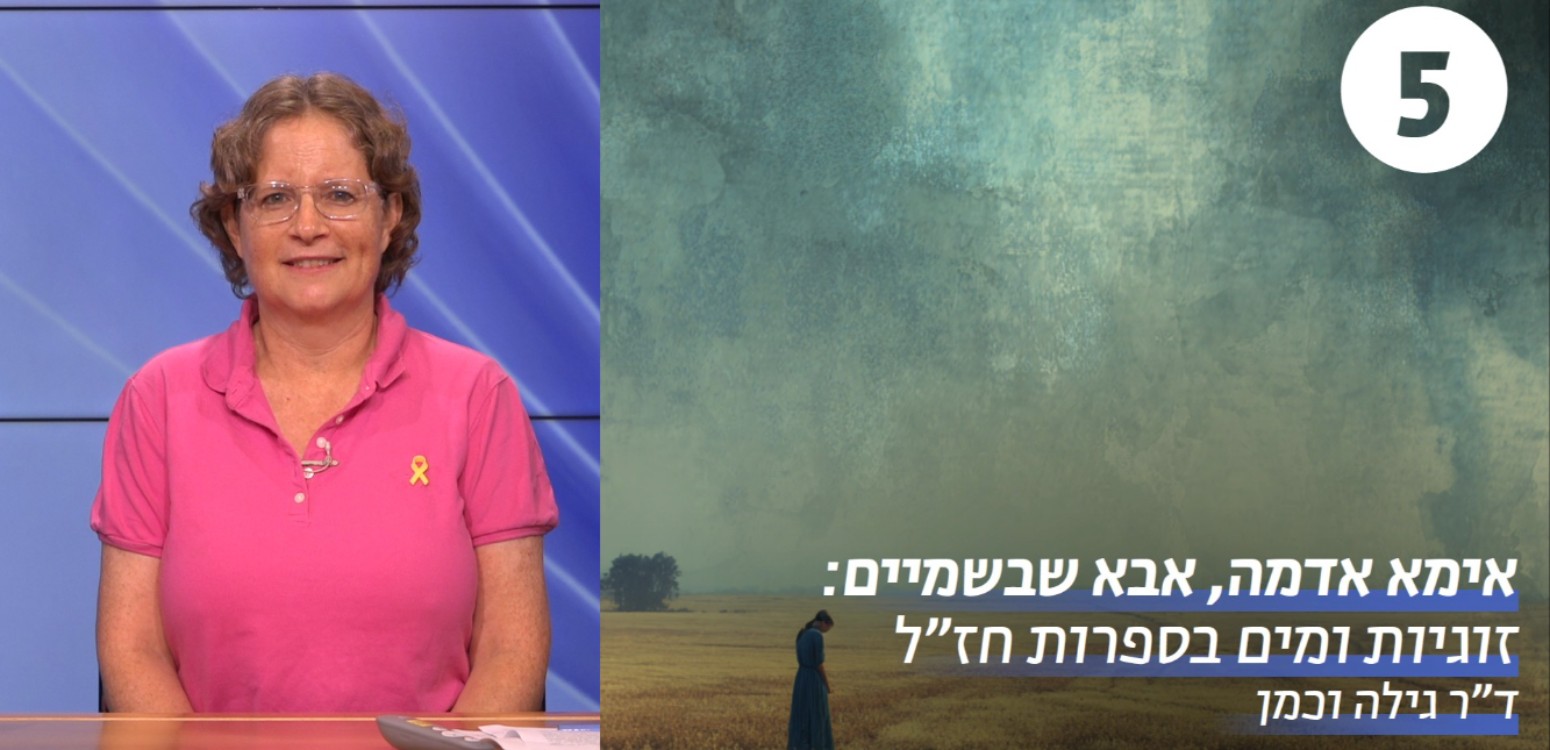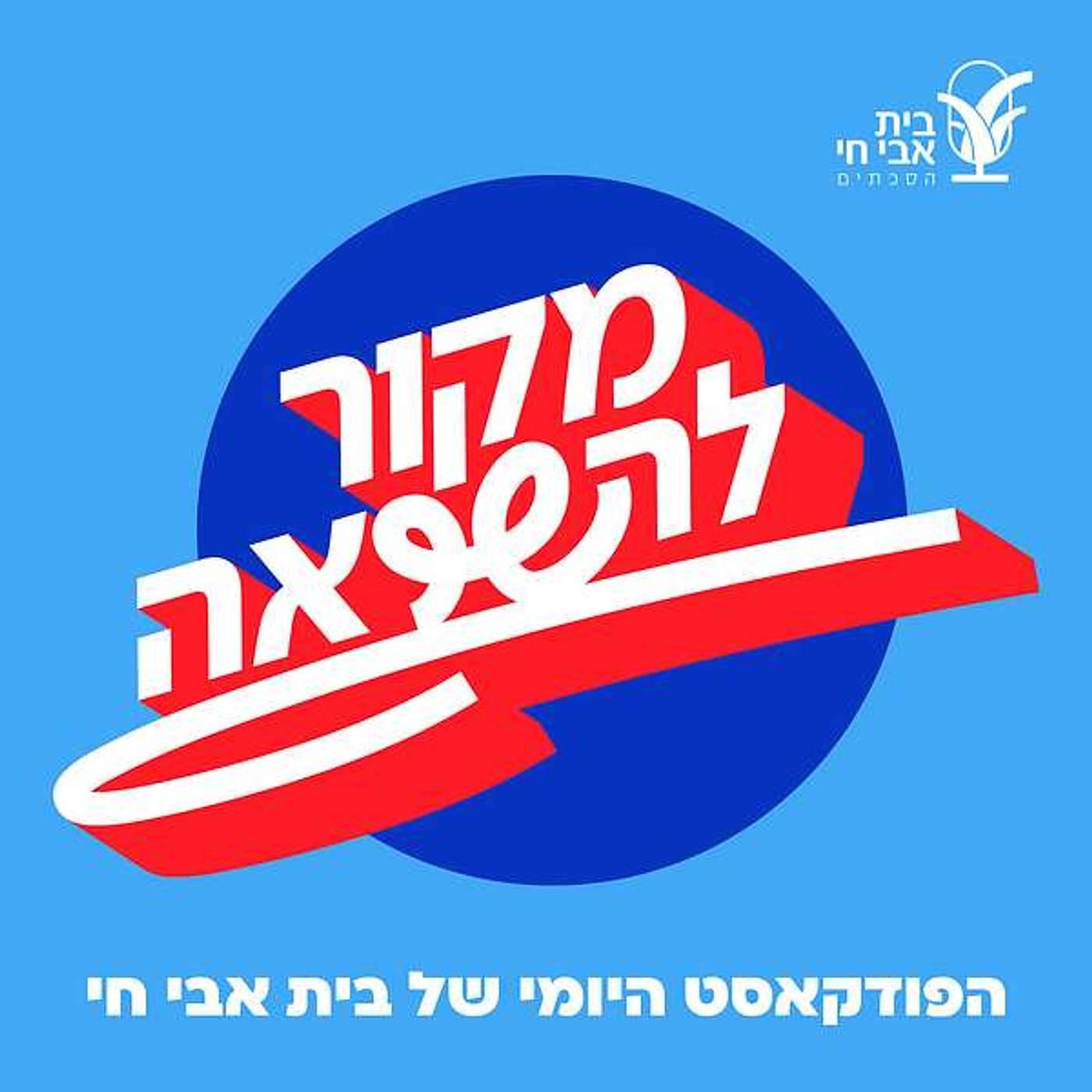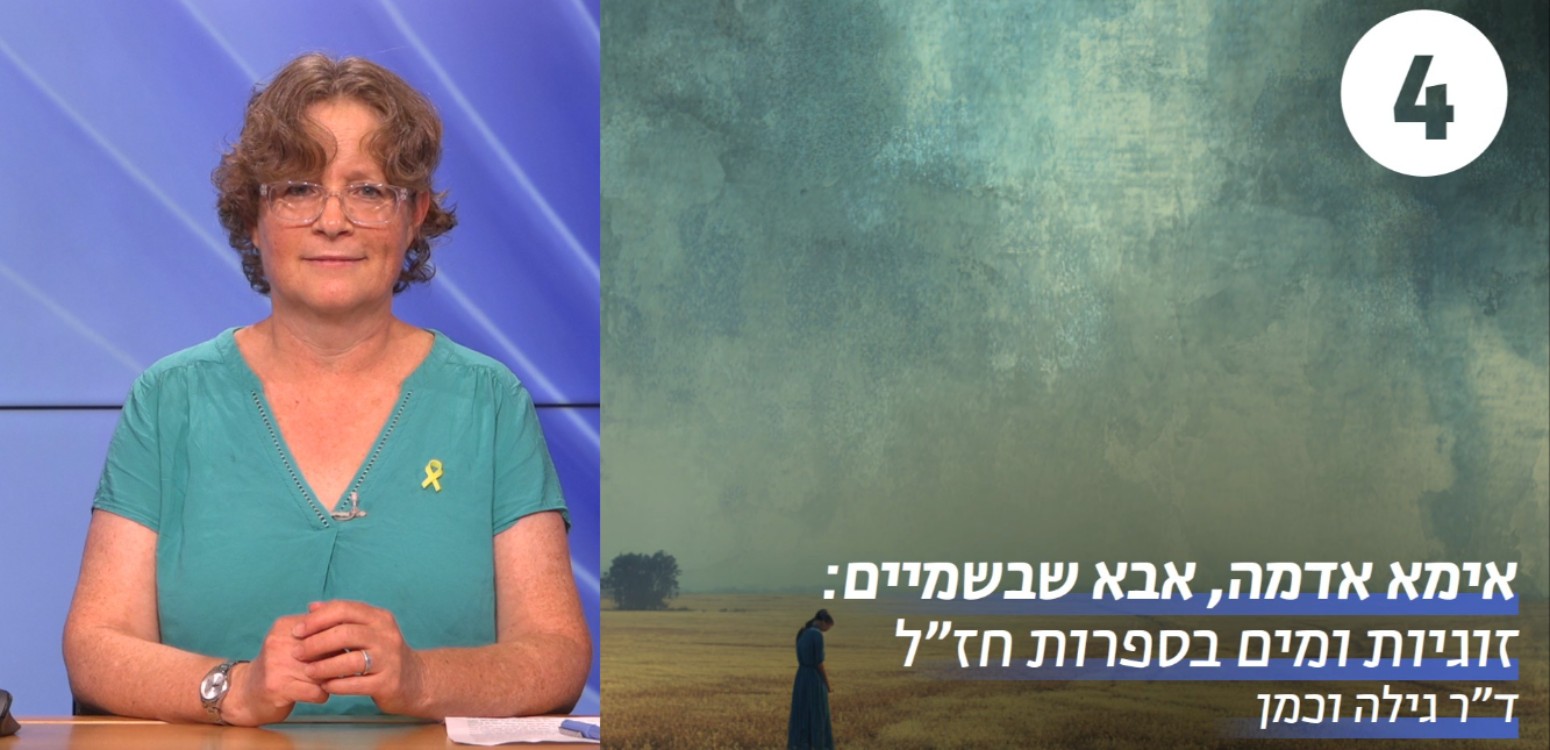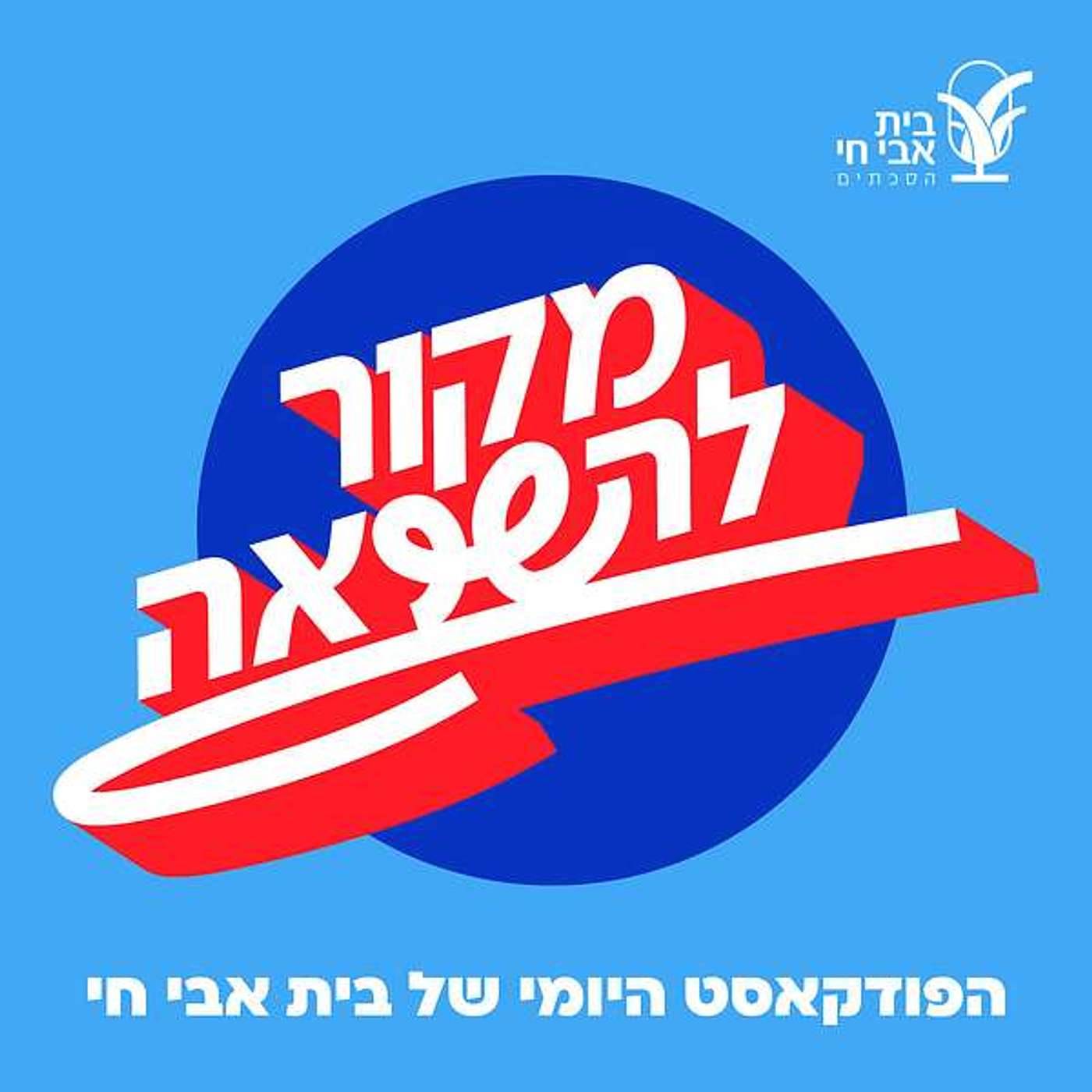Stacks of worn yellow Kodak boxes stand quietly, resting one on top of another, in the corner of my Jerusalem office. This silent tower of memories contains thousands of black and white photographs, old negatives, hand-written letters on yellowing stationery, and notes on old pads of paper. Some of the photographs share common themes, others are gathered without any logical order.
To be exact, Sarah Ayal’s personal collection stored in dozens of these old Kodak boxes contains some 2,500 developed photographs, many with their images shiny attesting to their being produced in a home darkroom, as well as 3,672 film negatives, and, stuck in between, scattered worn letters and handwritten notes. When we first received them, I spent hours looking through the collection, uncovering decades of captured moments, frozen in black and white.
I close my eyes and think of the photographer. Sarah Ayal. The Mossad agent whose work for Israel’s intelligence still cannot be revealed.
We first came across Sarah in an article in Ha’aretz, written by Ofer Aderet. The story captivated us. Born in eastern Slovakia in 1915, her arranged marriage at the age of 18 and subsequent move seems to have saved her from the inferno around her – Sarah’s mother, sister, brother-in-law and their children all perished in the Holocaust. The marriage, however, did not last long after she and her husband safely reached the shores of pre-state Israel. Apparently the divorce was a difficult one, and Sarah never remarried.
Instead, in addition to raising her daughter, Sarah studied drawing and photography, excelling in the latter to the point that she was hired in the early 1950s by Israel’s young security services. For her undercover work, she lived in Paris, traveling widely. Although she never discussed her missions, nor are we privy to the extent of her success, she was sufficiently important to have had her contract extended even after her retirement.
Her family speaks of Sarah’s loneliness, living on her own for most of her life in Tel Aviv. She appears to have lived mostly behind the camera lens, surreptitiously taking photographs of others.
The photographs we have of Sarah Ayal herself include one in which we see her with her camera, tensely peering into the view finder with her right eye, one hand holding the tips of her glasses, the other cradling the extended zoom lens in an intense effort to get the focus just right.
There is also another snapshot of Sarah, full length, perfectly coiffed, sporting dark glasses, leather gloves, and grandmother shoes, a long leather camera strap around her neck over a light raincoat, her shadow following her along a Jerusalem stone walkway. She looks like a perfect grandmother, her smile giving away neither her profession nor the hardships that must have accompanied her.
Indeed, a camera chaperoned Sarah Ayal throughout her life, serving as her closest confidant and giving voice and expression to her inner world. And the world that Sarah Ayal leaves us through the thousands of non-classified photographs discovered by her grandson a few years back captures the story that she wants to tell us of her time.
Stepping out of the formal, commissioned photographs that often portray the early days of the young state, Sarah’s images bring us scenes of everyday life, capturing the faces and scenes of Israel in a unique, personal, manner.
Ayal, who died in at the age of 89 in 2004, once wrote of her collection “…I tried to capture an Israeli reality which tends to be obscured by current events…depicting young and old, rich and poor, in their moments of joy and grief, humor and irritation, work and leisure. Their intensive life draws its force and drive from historical heritage and circumstances – past and present – as well as from their land with its Holy City, rocky hills, fertile lowland and arid desert; but above all – their force emanates from the deep, everlasting belief that God will not fail them or forsake them.”
Why did Beit Avi Chai decide to mount the first exhibition of Sarah Ayal’s personal collection? Precisely because of her ability to tell the story of the first decades of the State of Israel in a way that brings us close to the people, street shots and landscapes captured by her keen, sensitive, talented lens.
In closing, I sincerely thank Sarah Ayal’s granddaughter, Dafna Rosenne-Singer, for allowing Beit Avi Chai to be the first to share this treasure trove with the public. Dov Abramson and Nava Giat of Dov Abramson Studio continue to impress us with their work on the exhibition display and design. Finally, thanks also go to my colleague Amichai Chasson, the curator of the exhibit, whose creativity, charm, knowledge and energy made the exhibition possible.
I hope that you find Beit Avi Chai’s exhibition of a selection of Sarah Ayal’s personal collection as moving as we do.


